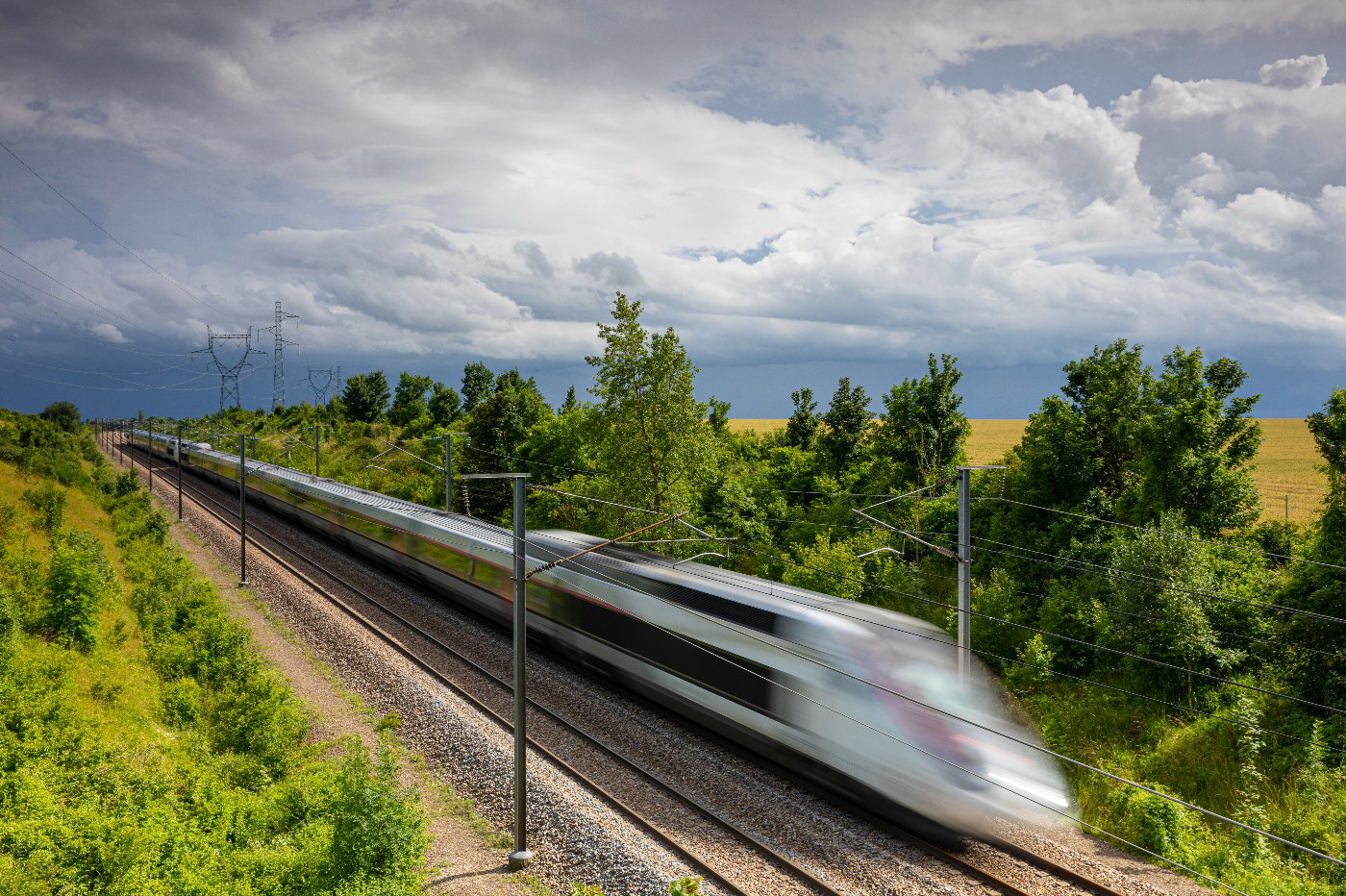Navigating the Internet in a TGV remains an experience, to say the least random. Despite the efforts of the SNCF and the deployment of 4G and 5G antennas along the tracks, the connection on board is often unstable, even unusable in certain areas. In question: the speed of trains, poorly covered areas, but also the very structure of trains, which acts as a Faraday cage and disrupts the reception of signals. Embedded Wi-Fi, which is based today on mobile networks, regularly disappoints travelers.
Capricious Wi-Fi at 300 km/h
To remedy this situation, the SNCF explores another way. According to The letterthe railway company would have launched consultations for a call for tenders, scheduled for the end of the year, in order to offer satellite internet access in TGV. The objective is to use more reliable and faster technology, capable of operating despite the specific rail constraints.
Satellites in low orbit are in sight. Unlike the geostationary devices located at more than 35,000 km above sea level, these satellites evolve a few hundred kilometers from the earth. They offer low latency connections and very high speed. Two actors would be in the running: Starlink, the subsidiary of Elon Musk with its 7,500 satellites, and Eutelsat/Oneweb, with a much modest network (around 600 satellites), but which can take advantage of a European anchoring.
Starlink leaves with a step ahead. The solution has already been retained by several airlines as well as by Scotrail in Scotland, where it equips regional trains. In France, Clarus Networks, distributor of the Starlink offer, stresses that this technology would not only improve the passenger experience, but also to optimize the exploitation of trains thanks to diagnostic data transmitted in real time.
Twitter-tweet” data-width=”500″ data-dnt=”true”>
Cool https://t.co/IE9IOjh7yQ
— Elon Musk (@elonmusk) November 14, 2024
But the SNCF will have to arbitrate between performance and technological sovereignty. Although the Eutelsat/OneWeb option can seduce with its European nationality, it is today behind in terms of coverage and technical maturity.
On the calendar side, no precipitation. “” No decision is on the agenda and even less with a particular supplier “Indicates the SNCF to BFMTV. The company nevertheless recognizes leading ” Reflections and experiments Around this new technology. Before any deployment, it will also be necessary to go through a technical validation phase and approval of the equipment, essential to guarantee compatibility with existing trains.
The battle to connect TGV from space is therefore launched, but passengers will still have to wait before enjoying stable and rapid Wi-Fi throughout the territory.
🟣 To not miss any news on the Geek newspaper, subscribe to Google News and on our WhatsApp. And if you love us, .












